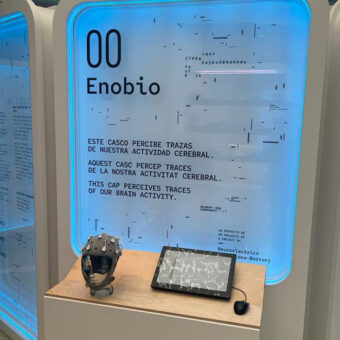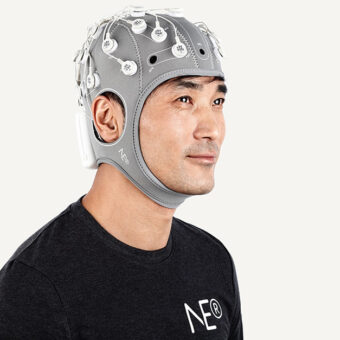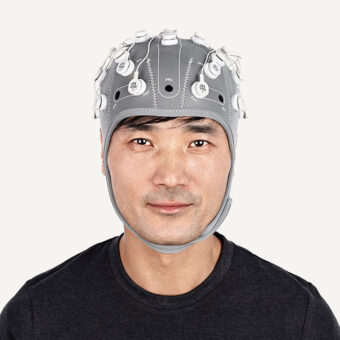“The easiest path is not always the best” Lobsang Rampa, The Third Eye
Ever since I read when I was a teenager Lobsang Rampa’s The Third Eye, I have been fascinated with astral traveling, or as modern science calls it, Out-of-Body Experiences (OBE).
In the last years, OBE have been studied from a neuro-scientific point of view and I would like to share in this post some of the research that has been done in this area.
But first let’s start with some definitions and some interesting information. An OBE is an experience that
“… typically involves a sensation of floating outsides one’s body and, in some cases, perceiving one’s physical body from a place outside one’s body … OBE can be induced by brain traumas, sensory deprivation, near-death experiences, dissociative and psychedelic drugs, dehydration, sleep and electrical stimulation of the brain, among others. It can also be deliberately induced in some. One in ten people have an OBE once, or more commonly, several times in their life.”
In this paper a single case study is presented. The participant was a 24 year old woman that reported being able to produce OBE’s willfully. They used an fMRI to monitor brain functional changes. They saw differences between OBE and motor imagery.
“Activations were mainly left-sided and involved the left supplementary motor area and supramarginal and posterior superior temporal gyri, the last two overlapping with the temporal parietal junction that has been associated with OBE’s. The cerebellum also showed activation that is consistent with the participant’s report of the impression of movement during the OBE. There was also left middle and superior orbital frontal gyri activity, regions often associated with action monitoring. The results suggest that the OBE reported here represents an unusual type of kinesthetic imagery.”
Other papers study the induction of OBE using different techniques. In this other paper, OBEs were induced repeatedly to a patient by invasive electrical stimulation of the right amygdala and the surrounding cortex. The patient reported
“I see myself lying in bed, from above, but I only see my legs”….The remaining parts of the room including the table next to the bed and the window, as well as three other people present were also seen from the above visual perspective. An essential part of the experience was the feeling of being separated from her seen body. She said: “I am at the ceiling” and “I am looking down at my legs”. Two further stimulation induced an identical experience. She felt an instantaneous sensation of ‘floating’ near the ceiling and localized herself ∼2 m above the bed. During these trials, the patient was very intrigued and surprised by the induced responses.
Another techniques used for OBE induction is virtual reality (VR), as explained in this paper. The idea is to use full immersive VR and visuotactile stimulation. The subject sees a humanoid body from different perspective that trigger full body illusions. This technique has been used by different teams to study OBE and it is a variation of the rubber hand illusion.
These experiments show that the multisensory integration mechanism contributes to the self-body perception, and this can be easily hacked.
Another interesting experiment that is still undergoing is the AWARE study. The idea is to place figures on suspended boards facing the ceiling and not visible from the floor in hospitals. Each time there is a near-death experience accompanied by an OBE, the patient is asked if he/she has seen these pictures. At the moment, data is still being collected but so far, it seems no one has been able to describe the hidden pictures.
We are still pretty far away from fully understanding how the brain works, so logically we are still far from understanding OBE. In any case, this topic often associated with spirituality, is starting to be studied from a neuro-scientific approach. I think this is quite interesting and not necessarily incompatible with spiritual believes. I am quite sure in the near future much more will be discovered in this research field, so stay tuned!
Thanks for reading and see you next time.





